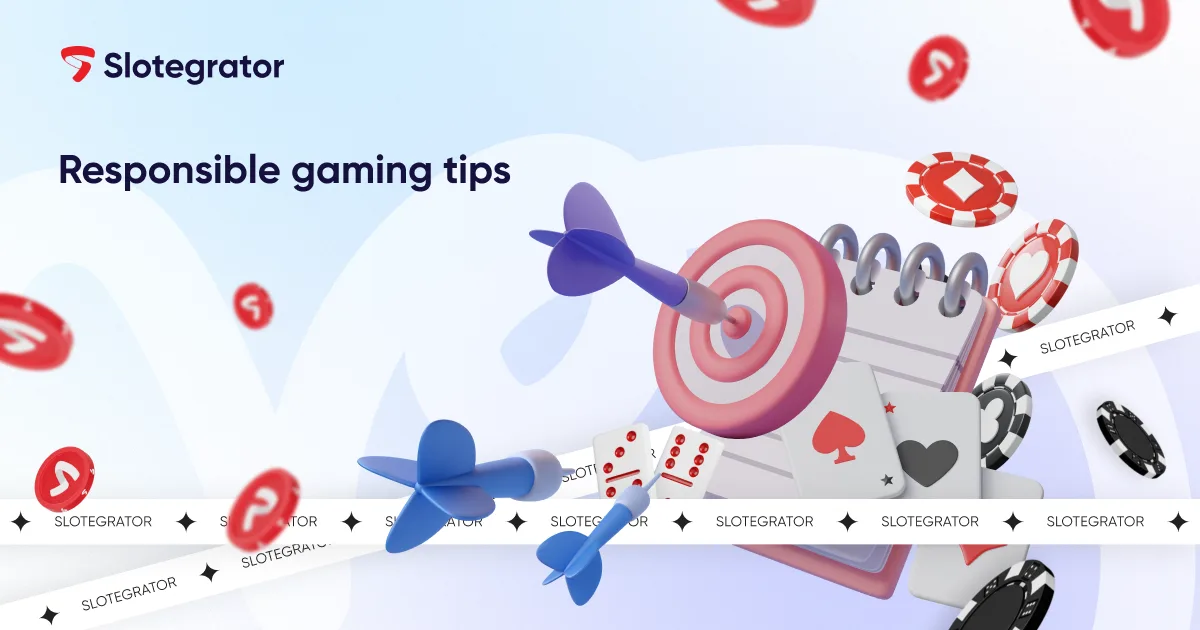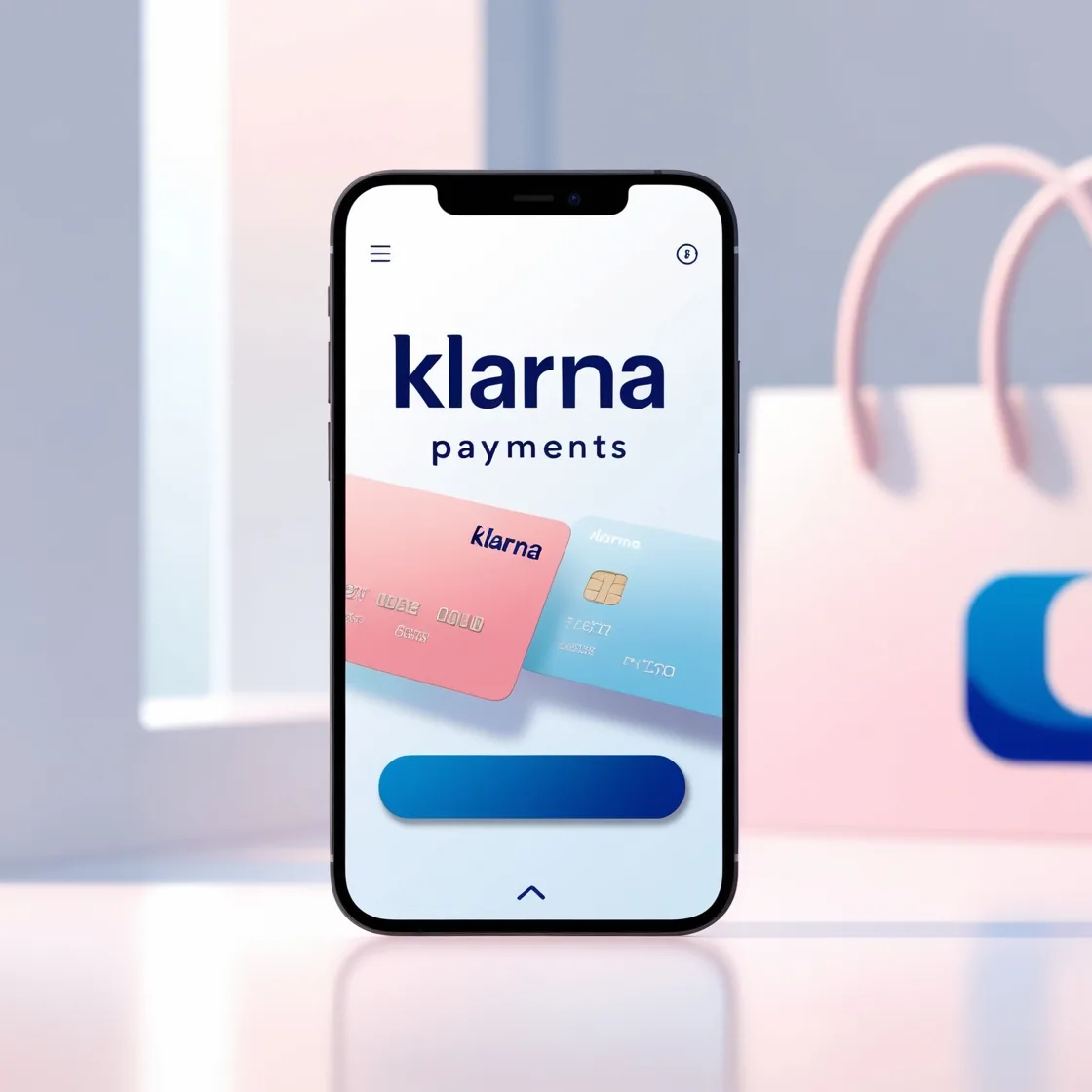Björn Leyonberg is an experienced CEO from Sweden working with growth hacking, marketing, and content optimization. He specializes in data-driven marketing (PPC), affiliate marketing, internet advertising, SEO strategy, and company analytics. Björn is interested in web development, social media, and emerging technologies.
Björn has shared with GBC-Time his thoughts on today’s state of the Swedish marketing market, affiliate marketing, effective advertising strategies, and trends that will influence the marketing field soon.
What are the key elements of an effective SEO strategy, and how do you stay up-to-date with the ever-changing search engine algorithms?
To ensure success with SEO, it’s important to optimize content for user experience first and search engine algorithms second. This involves keyword research to understand what words and phrases are used by users searching for related topics, content optimization to ensure all parts of the website adhere to SEO best practices, link building, and important website optimization for faster page loading speeds. Additionally, it’s important to keep tabs on industry trends and news to stay up-to-date with the ever-changing search engine algorithms and test different SEO strategies to discover what works best for your website. What works well for us might not work particularly well for others.
You are working for the Swedish market, which has a unique cultural and linguistic landscape. How do you tailor your marketing and content strategies to resonate with the Swedish audience while maintaining brand consistency?
My company strives to maintain brand consistency no matter the market, but we recognize that each market has its nuances and preferences. When it comes to the Swedish market, which is a good geo for us as the company is founded in Sweden, we sometimes tailor our marketing and content strategies to be locally in line with language and cultural norms. Being Swedes ourselves, we understand the types of content that resonate best with the audience and use that knowledge to create content that speaks to our target audience while still being consistent with the overall brand. The effort we put into this also works well for other Nordic countries.
Can you share insights into successful growth hacking tactics or campaigns targeting the Swedish market? What made them effective?
We use SEO, influencer outreach, and content marketing tactics to target the Swedish sports betting market. We utilize popular sports betting-related keywords to ensure our content is visible in search engine results for relevant queries. Additionally, we partner with influential sports bloggers and websites to create targeted content that resonates with our target audience.
In your experience, what are the most effective online advertising platforms and strategies for driving targeted traffic and conversions?
Effective online advertising platforms and strategies for driving targeted traffic and conversions for us mainly include on-page and off-page SEO, content marketing, social media, and affiliate outreach. SEO involves optimizing your website content to increase visibility in organic search engine results and help drive quality leads. Content marketing can be used to build relationships with potential customers by providing them with engaging content related to their interests. Social media advertising is an effective way to reach a specific audience, and affiliate outreach for us means having fruitful relationships with our partners who actively promote our brand.
How do you approach budget allocation and ROI measurement in online advertising campaigns?
Regarding budget allocation and ROI measurement for online advertising campaigns, it’s essential to consider all the costs associated with the campaign, including media, creative, overhead, and other associated expenses. Once you understand the costs involved, I think it’s important to set realistic goals for the campaign before going live and measure your performance against these goals. Moreover, it’s wise to track your ROI by measuring how much revenue is generated in relation to the money spent on the campaign. By closely monitoring your campaign performance and ROI, you can ensure that your advertising budget is allocated efficiently and strategically.
What role does affiliate marketing play in your overall marketing strategy, and how do you identify and nurture successful affiliate partnerships?
Affiliate marketing is vital to my company’s overall marketing strategy, as it provides a cost-effective way to drive traffic and increase revenue. To identify and nurture successful affiliate partnerships, it’s important to build relationships with partners with a proven track record of success and willing to share your brand’s message with their network. Additionally, you should ensure that your programs or products are well-branded and provide appropriate and transparent commission structures and incentives for your affiliates. Also, we must maintain open communication with our affiliates and keep them updated on any offers, promotions, or changes to your program.
How do you leverage data analytics to make informed decisions and optimize PPC campaigns for maximum ROI?
Currently, we do not run any PPC campaigns, either from us or towards our affiliates. To be quite honest, I’m not too fond of PPC advertising as I prefer a revshare setup.
What key performance indicators (KPIs) do you prioritize when measuring the success of a data-driven marketing campaign?
When measuring the success of a data-driven marketing campaign, in our company, we typically prioritize key performance indicators (KPIs) such as click-through rate (CTR), total conversions, conversion rate, and average order value. As we offer a free service trial, other important KPIs for us are free trial conversions and e-commerce connected to free trial signups. Furthermore, we look at metrics that measure engagement, such as time on site and pages per session. We’re also closely monitoring the Organic Search traffic, both globally and from our most important GEOs. Finally, we monitor customer lifetime value (CLV) to determine the long-term success of our campaigns. By closely monitoring these KPIs, we can make informed decisions and optimize our campaigns for maximum ROI.
What tactics do you employ to analyze and understand a client’s target audience and create content that resonates with them?
To analyze and understand a target audience and create content that resonates with them, our company employs a variety of tactics. We conduct market research to identify the target audience’s key demographics, interests, and pain points. We sometimes utilize A/B testing to determine the most effective messages and visuals. We leverage data from social media platforms to gain insights into how our clients’ customers engage with our brand. Also, we believe in getting our customers’ voices heard and utilize customer feedback and surveys to obtain direct feedback from our customers and get a better understanding of what resonates with them.
The Swedish market is known for its high internet penetration and tech-savvy consumers. How do you leverage technology trends and digital innovations to stay ahead of the competition in Sweden?
To stay ahead of the competition in Sweden specifically, our company leverages technology trends and digital innovations to create and deliver a more compelling and tailored customer experience. We monitor new technologies and trends to ensure our products and services are up-to-date and meet customers’ needs. We use data and analytics to gain insights into customer behavior and preferences to create more personalized, often fully automatic offers. But the most essential part of staying ahead of the competition is having the best possible product/service and a killer support team when a customer needs your help.
What emerging technology trends do you believe will have the most significant impact on marketing in the near future, and how are you preparing for them?
I strongly believe that artificial intelligence (AI) and machine learning will have the greatest impact on marketing in the near future. AI and ML can automate tedious tasks such as data analysis and customer segmentation, freeing marketers’ time for more creative initiatives. AI-powered chatbots and virtual assistants can provide quick and personalized customer service, but they should be used cautiously. More often than not, especially for second-line queries, a customer needs a human on the other side to resolve their problem. To prepare for these emerging trends, we’re investing time and funds in AI-driven tools and leveraging data-driven customer insights to create more targeted and personalized experiences. We are also training our team on the latest technologies so they can confidently utilize them in their marketing efforts.













